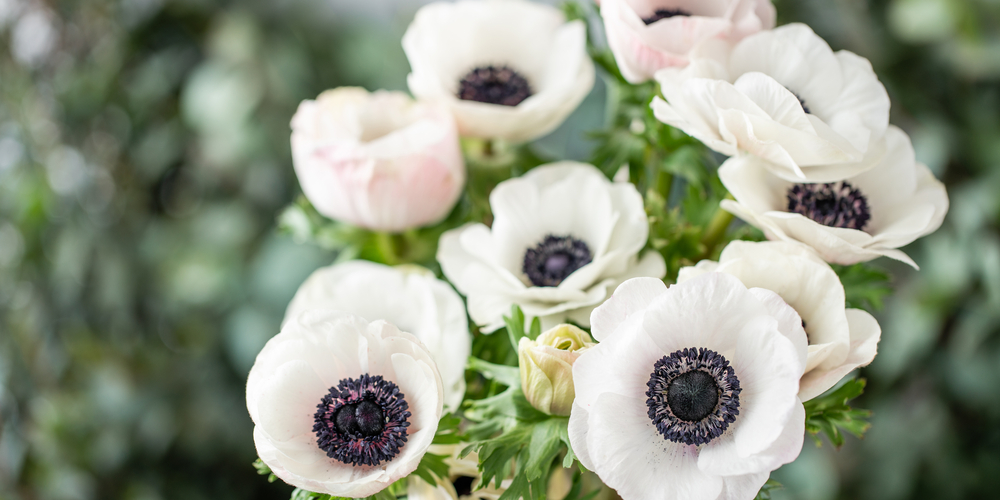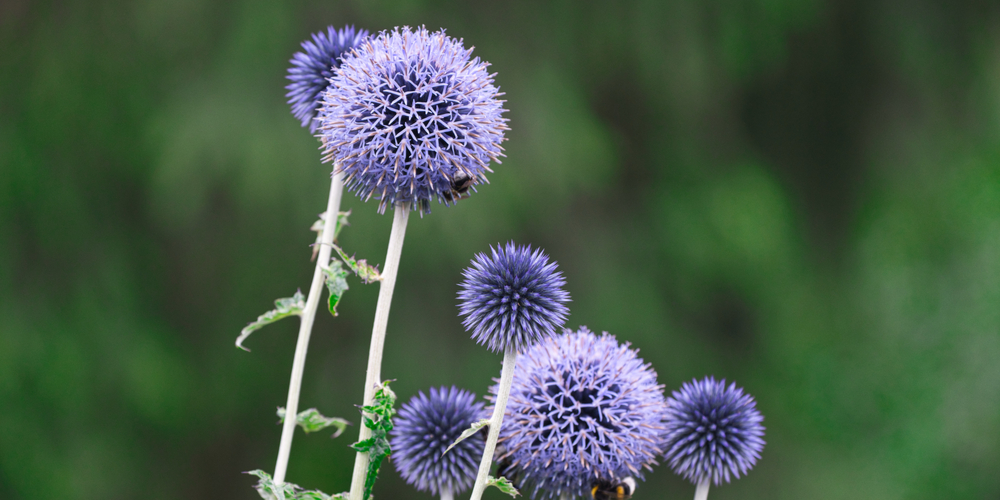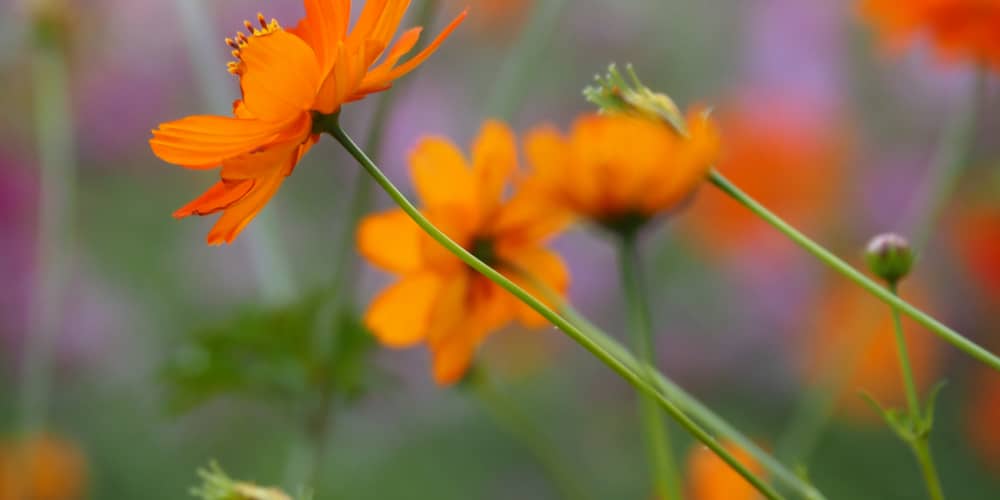Being at the heart of a humid subtropical climatic region, Indiana exhibits pretty warm summers and temperate winters. Additionally, you should expect fairly distributed rainfall for the better part of the year. However, if you wonder when when to plant flowers in Indiana, this is the right read for you.
The best time to plant flowers is in the warm season. For Northern Indiana, this should be around late May, and approximately late April and early to mid-May in the southern part of the state.
On the other hand, gardeners in central Indiana start a little early- usually towards the end of March or early days of April.
Additional critical dates to watch out for are the first and last frost dates. The period in between is detrimental to the health and, most often than not, the survival of your flowers. With that in mind, it’s sensible to start planting after the last frost date to evade the dangers that come with this period.
How does frost affect planting
Experts are keen to acknowledge that the period between the first and last frost dates is the hardest on both plants and farmers. At this time, it becomes most difficult to keep plants healthy as frost can easily kill living organisms.
Essentially, during this period, the earth freezes above the ground level. You are likely to notice your flowers dying as the parts closer to the ground appear healthy and, at times, pretty succulent. Don’t be deceived, as the ground remains warmer before the cold kicks in for a while.
When are the frost dates in Indiana?
It is worth noting that the first frost date is the earliest day of frost in fall, whereas the last day of night-time frost usually falls in spring.
Frost dates do not land on exact dates of the year, and it is quite possible for significant differences in the first and last dates for cities around the same area.
With frost dates varying each year, it can be quite difficult to make estimates for appropriate planning. Nevertheless, there are many online frost date calculators to give you a rough guide on when to expect the temperatures to drop significantly.
Which flowers should I plant in Indiana?
As you consider the best time to plant your flowers in Indiana, it is imperative to pay attention to the type of blossoms you choose for your landscape. The argument is majorly between going with annuals versus perennials:
Annual flowers to plant in Indianapolis
The best period to plant annuals is after the frost danger is long gone, preferably early spring for seeds and late spring for containerized plants. These plants are excellent if you want breeds that will grow, bloom and produce seeds that can be suitable for the next planting season.
On the downside, you will have to replant them every year as they can be very cold intolerant. Most annuals die during the winter. Therefore, it is necessary to eliminate the annuals as soon as the first frost hits.
Some great picks for your Indiana garden include:
- Cosmos– these are ideal container displays but also do well in the soil as long as they are fed well with organic material. They are bee and butterfly favourites and make appealing combos with other plants.
- Geranium– they are pretty heavy feeders, requiring a lot of attention. Geraniums keep pests at bay as long as they are frequently fertilized to preserve their foliage.
- Impatiens– These warm-season annuals thrive in moist, well-drained soils under partial shade. Although they shy away from the sun, you can expect gorgeous bunches of pink, orange and white blooms.
- Primrose– With over 450 species, you will be spoilt for choice for these simple flat-petalled flowers. They’re a good method to brighten up your flower beds and are relatively easy to maintain.
- Begonia– If you are looking for something more conspicuous, Begonia will effortlessly create a show thanks to its wide, thick and ravishing petals.
Perennial flowers for Indiana
Perennials are the go-to if you need plants that require far less attention. Contrary to annuals, these flowers remain in the ground longer and are also quite immune to pests and diseases. They also hold the soil well thanks to their robust network of roots, preventing soil erosion and making extensive use of the annual rainfall.
For healthier perennial flowers, consider planting in spring or fall. The latter is due to conducive warm soil and plenty of rainfall, while the latter is due to cool air temperatures and less growth of weeds. Perennial flowers can be further divided into sub-groups which entail:
- Early bloomers such as carnations, Lenten Rose, Forget-me-nots and Candytufts
- Long bloomers– these flowers can bloom for up to ten weeks, thus remaining colourful for longer. They include Hyssops, Shasta Daisies, Black-Eyed Susan and Coneflowers.
- Drought hardy perennials– These can withstand very high heat. They may not be necessary for Indiana as the state is mostly humid. But species like lavenders, Salvia and the Blanket flower can thrive relatively well.
- The sun-lovers– some perennials enjoy more than six hours of sunlight. They include Daylilies, Blanket Flowers, Carnations, Shasta Daisies etc.
- Shade-growers– these, on the other hand, prefer few hours of sunlight and, at times, none at all. They are Corydalis, Plantain Lilies, Lenten Roses, Ferns etc.
When to plant flowers in Indiana: Conclusion
With all this information at hand, you are ready to bring colour into your Indiana garden or create an amazing curb appeal with some of these dazzling picks.
Whether you want to start with seeds or grown plants, ensure all the conditions meet the requirements and plan to catch the best planting time.
Related Article: Planting Tomatoes in Indiana


